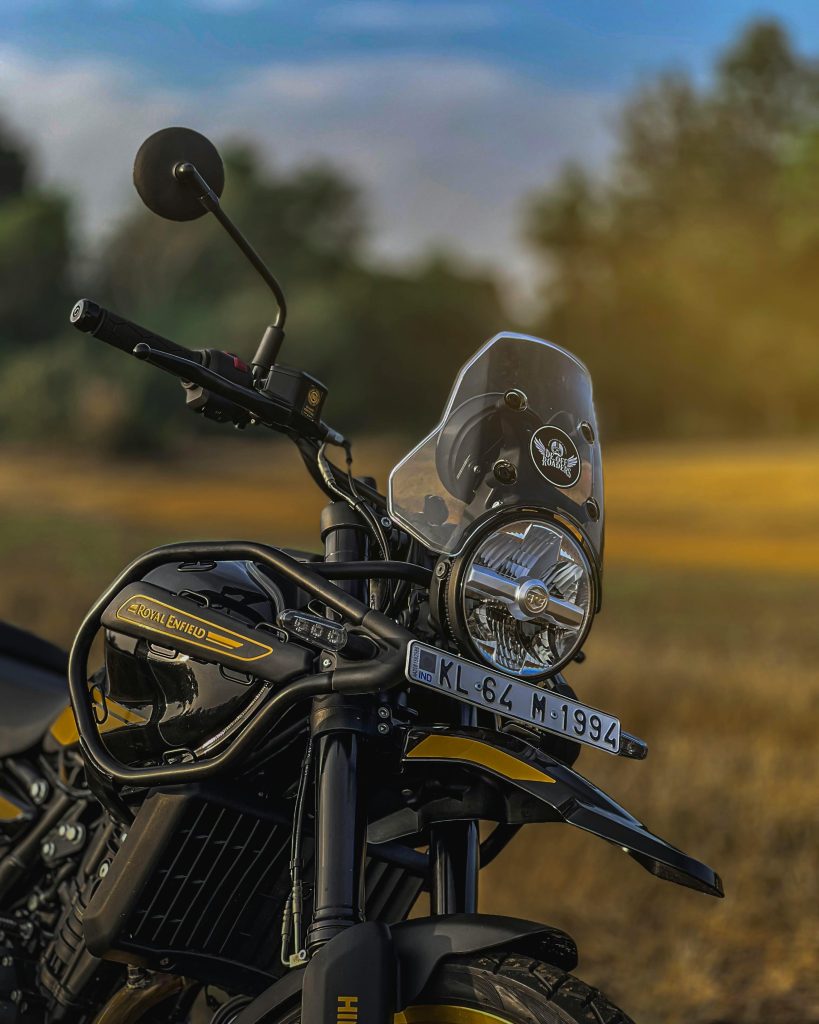
Motorcycle audio systems are engineered to deliver sound in environments where wind, road noise, and engine vibrations can easily interfere with clarity. Whether you ride for leisure or rely on your motorcycle for daily transportation, having a dependable audio setup can enhance your experience without compromising safety. These systems allow you to listen to music, follow GPS directions, or communicate with others while keeping your hands on the handlebars and your eyes on the road. With advancements in technology, audio systems have become more compact, weather-resistant, and tailored to the unique demands of motorcycle riding. Understanding the available options and installation considerations can help you select a system that meets your needs.
Handlebar and Fairing-Mounted Audio Systems
Handlebar-mounted and fairing-integrated audio systems are among the most common solutions for riders seeking external sound without the use of headsets. These systems are designed to project sound effectively in open-air conditions, often incorporating waterproof materials and vibration-resistant components. Many models include Bluetooth connectivity, allowing you to stream music or take calls directly from your smartphone. Powered speaker systems, which include built-in amplifiers, are particularly useful for overcoming ambient noise at higher speeds.
The front section of the motorcycle, such as the handlebars, instrument cluster, and fairing, is ideal for mounting stereos and speakers. Saddlebags and cargo enclosures can also house amplifiers and digital signal processors. These areas offer both accessibility and protection, helping maintain sound quality and system durability. When selecting a system, consider speaker wattage, enclosure type, and amplifier compatibility to ensure optimal performance.
Helmet-Integrated Audio Systems
Helmet audio systems provide a more personal and immersive listening experience. These setups typically include speakers and microphones embedded within the helmet, connected via Bluetooth to your mobile device or GPS unit. They are especially useful for riders who need intercom capabilities or voice command functionality. Noise-canceling features are essential in these systems, as they help reduce interference from wind and engine sounds.
Compatibility with your helmet model should be verified before installation, as not all helmets support integrated audio components. Some systems also allow for stereo sound and multi-device pairing, which can be beneficial for riders who use multiple sources for navigation and entertainment. These systems are often preferred by touring riders who spend extended periods on the road and require consistent audio performance. Additionally, helmet audio systems can be paired with receivers mounted on the bike, offering expanded control and integration with other audio components.
Installation and Maintenance Considerations
Installing a motorcycle audio system involves planning around your bike’s electrical setup, available space, and riding habits. Some systems are plug-and-play, while others may require custom brackets or professional installation to ensure safety and optimal performance. Wiring typically connects directly to the motorcycle’s battery, and many systems include signal-sensing features to prevent battery drain. Maintenance is also important, especially for components exposed to weather and vibration. Regular checks for loose connections and software updates can help preserve system functionality.
For riders who store their motorcycles seasonally or perform frequent maintenance, using a garage dolly can simplify access and repositioning. These dollies feature locking casters and adjustable kickstand trays, allowing you to move your bike safely without starting the engine or lifting it manually. The dolly’s design supports up to 1,500 pounds and enables ride-on/ride-off functionality, making it a practical tool for installation, cleaning, or long-term storage
Choosing the Right Components
When building a motorcycle audio system, selecting the right components is essential for achieving clear sound and reliable performance. Receivers designed for motorcycles often include conformal coated circuit boards and water-resistant seals to withstand outdoor conditions. These receivers may offer Bluetooth streaming, USB inputs, AM/FM tuners, and even smartphone integration through Apple CarPlay or Android Auto. Amplifiers provide the necessary power to drive speakers effectively, especially in noisy environments. Compact models are available to fit within tight spaces such as fairings or saddlebags.
Speakers built for motorcycles are constructed with durable materials to resist moisture, temperature changes, and vibration. Manufacturers focus on output strength and sound projection to ensure clarity at high speeds. Some riders also choose to install subwoofers, which require dedicated amplifiers and careful placement to avoid interference with other components. When planning your system, consider the layout of your motorcycle and the available mounting options to ensure a secure and functional setup.
Conclusion
Selecting the best motorcycle audio system requires careful consideration of your bike’s design, your riding environment, and your audio preferences. From handlebar-mounted speakers to helmet-integrated communication tools, each option offers distinct advantages for clear listening in everyday conditions. By evaluating installation requirements, durability, and maintenance needs, you can choose a system that enhances your ride while maintaining safety and convenience.

